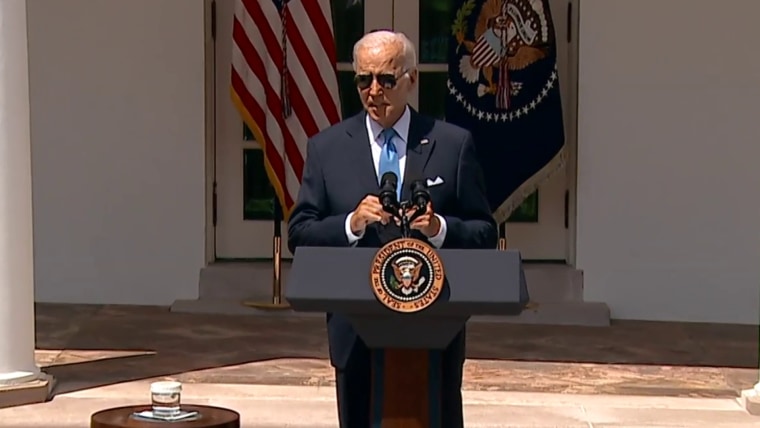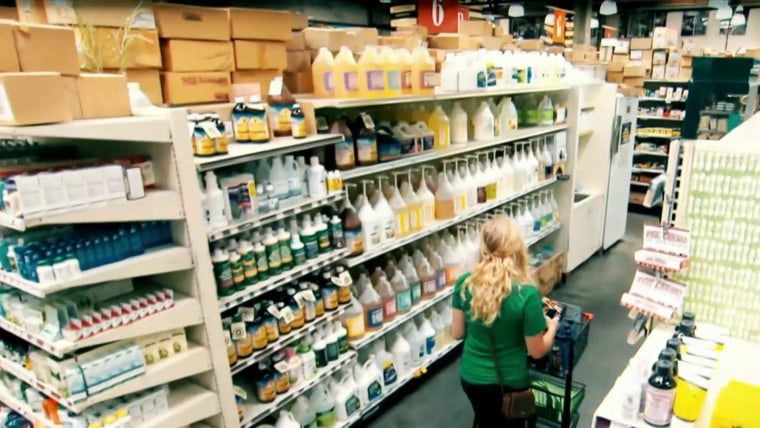In July, President Joe Biden tested positive for Covid. As when then-President Donald Trump got Covid in October 2020, Biden’s test felt like an indication of how widespread and seemingly inescapable the virus had become. A new strain of Covid, BA.5, has been racing across the country. Hospitalizations doubled nationwide between May and July. Reinfections spiked. Deaths have increased in some regions as well.
No one is immune. But not everyone’s experience of Covid is the same.
No one is immune. But not everyone’s experience of Covid is the same. Biden has free, high-quality Covid testing. Those in the U.S. without insurance now have to pay for testing. Biden quickly took the anti-Covid medication Paxlovid. In theory, this medication is supposed to be available to all older patients or patients with complicating medical conditions. In practice, patients need medical records and a prescription, and quick access has proven elusive for some.
People with the least access to insurance and to innovative medical techniques are those who are poor, who live in crowded conditions or who are alienated from health care systems. Steven Thrasher, a journalism professor at Northwestern University, refers to these people as the “viral underclass.” His new book, “The Viral Underclass: The Human Toll When Inequality and Disease Collide,” explains how disease exposes and compounds inequality and why we have to address inequality in order to confront the health crises that threaten everyone.
Thrasher first started thinking about and researching viruses and pandemics in the context of HIV. He did award-winning reporting on the role of racism and homophobia in the case of Michael Johnson, a Black Missouri wrestler sentenced to a punitive 30 years in prison for failing to disclose his HIV status to his sexual partners.
At first, Thrasher told me by phone, Covid and HIV seemed like “very, very, very different viruses.” HIV could take years to kill its victims; “it was very slow-acting,” he said, “and that gave activists space to organize around it and fight back.” Covid, in contrast, could kill you in weeks. “I wasn’t sure how much there was to compare them,” he said.
But then Thrasher noticed where people were getting sick with Covid. In New York, early Covid hot spots centered in Queens’ Jackson Heights, a place that had also been an HIV outbreak hot spot. He also saw that Black people were more likely to die of Covid and that it was striking older people particularly hard, especially in nursing homes.
As one example of how these inequities are perpetuated, Thrasher pointed to the earlier days of Covid.
The two pandemics were both hitting communities “considered disposable,” he told me, “the way gays and intravenous drug users were considered disposable by the Reagan administration.” An April report found that people in poor counties in the U.S. died of Covid at around twice the rate of people in more affluent counties, likely due to a lack of health insurance. Poorer people face higher risk from Covid, just as they have shorter life expectancies in general.
As one example of how these inequities are perpetuated, Thrasher pointed to the earlier days of Covid. To protect themselves, many professionals stayed home for extended periods. To be able to do that, they had to have food delivered — which meant someone had to make and deliver them food.
This created a viral underclass of food workers and food deliverers. In California, working adults had a 22% increase in mortality during the early phase of the pandemic. Line cooks had a 60% increase.
Viruses exacerbate inequities; they can also become a way to excuse inequities. Following the initial stage of his very successful vaccination campaign in 2021, Biden referred to Covid as a “pandemic of the unvaccinated.”
It’s a challenge to sympathize with people who pushed back on vaccines and then became sick themselves. And irresponsible conservative anti-vaccination campaigns certainly helped spread Covid. But Thrasher pointed out that there are other reasons people didn’t get vaccinated. Working-class people with no time off were (and in some cases still may be) worried about side effects keeping them home and getting them fired from their jobs. People without insurance may not know the vaccines are free and may fear a surprise life-destroying medical bill.
Meanwhile, health care in the U.S. is complicated and alienating, especially for people with few resources. A study released in early 2022, for example, found that lack of a high school degree was significantly correlated with vaccine hesitancy.
If we acknowledge the existence of a viral underclass, we can better advocate for and implement policies to fight the pandemic. Universal free health care, for example, would make it much easier to distribute vaccines and testing in an emergency pandemic. Guaranteeing paid time off for vaccination efforts, or subsidizing paid time off for vaccinations, would help too. So would more resources for marginalized communities before disasters hit, so they’re better prepared in times of crisis.
Thinking about the viral underclass can help focus on ways to help the most vulnerable people. There can be a downside too, though. Focusing exclusively on the fact that poor people and Black people are more at risk of Covid can lead more affluent white people to feel like they are safe. Congress has currently abandoned efforts to fund anti-Covid measures; Biden isn’t doing much to push them. Have they just decided that the 400 people dying each day of the virus aren’t important enough to care about?
Thrasher acknowledged that he worries to some degree that talking about a “viral underclass” will lead people who aren’t in that class to stop listening. But he also pointed out that “the boundaries of class status are not set.” If you lose your job and your insurance in a pandemic, you may suddenly find yourself in that underclass. Even relatively well-off people may end up in a nursing home, where a virus like Covid could run rampant. You’re much more likely to slide down the socioeconomic ladder than to wake up one day and find yourself a billionaire.
Viruses, Thrasher said, show us that “we’re not as discrete as we think we are.” Viruses themselves, he pointed out, are living matter that move from one of us to another, connecting us and changing who we are. We can wall ourselves off for a time, or to some degree. But no wall is impenetrable. In the end, the only way to protect all of us is to protect those who are most vulnerable.
Source: | This article originally belongs to Nbcnews.com













